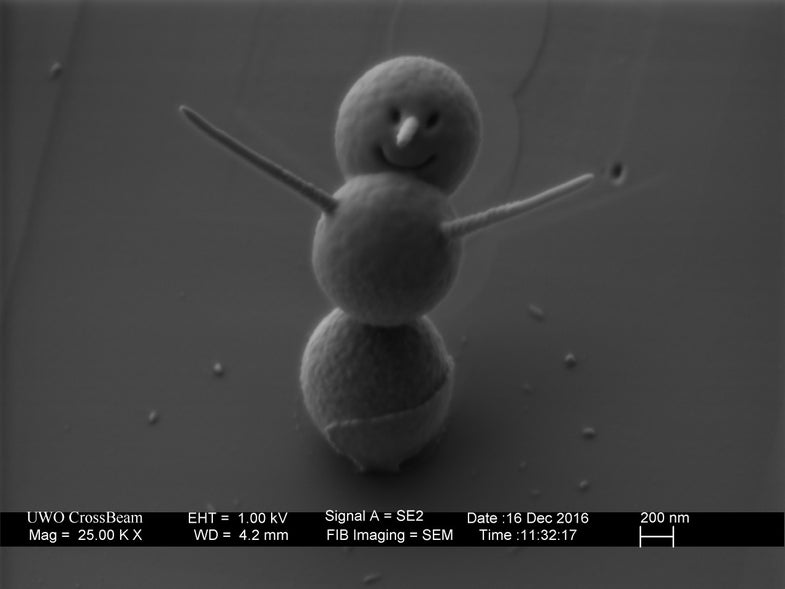A microscopic snowman, a humanoid robot, and more
Our favorite images of the week


Biodiversity Can Be Really Cute

Casper The Octopus Is In Danger

Humanoid Diver

Desert Snow
Our favorite images of the week
By Claire Maldarelli |


Biodiversity Can Be Really Cute

Casper The Octopus Is In Danger

Humanoid Diver

Desert Snow

was the Science Editor at Popular Science. She has a particular interest in brain science, the microbiome, and human physiology. In addition to Popular Science, her work has appeared in The New York Times, Scientific American, and Scholastic’s Science World and Super Science magazines, among others. She has a bachelor’s degree in neurobiology from the University of California, Davis and a master’s in science journalism from New York University's Science, Health, and Environmental Reporting Program. Contact the author here.
Like science, tech, and DIY projects?
Sign up to receive Popular Science's emails and get the highlights.
LET'S GO